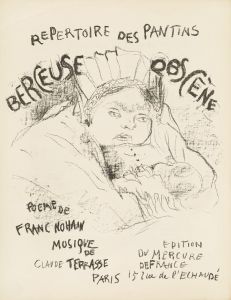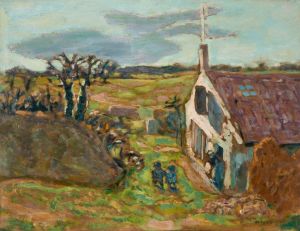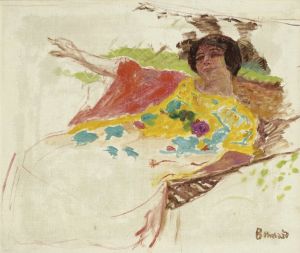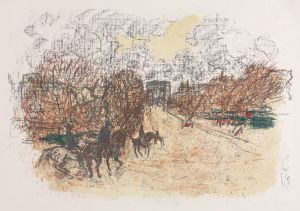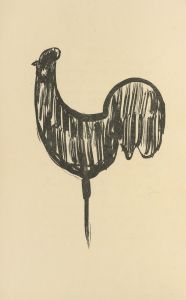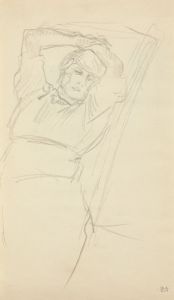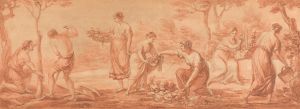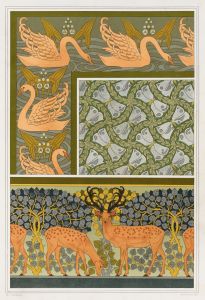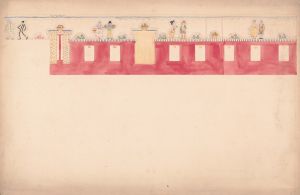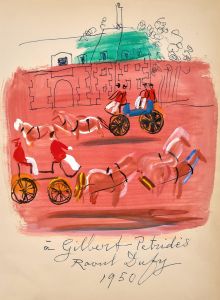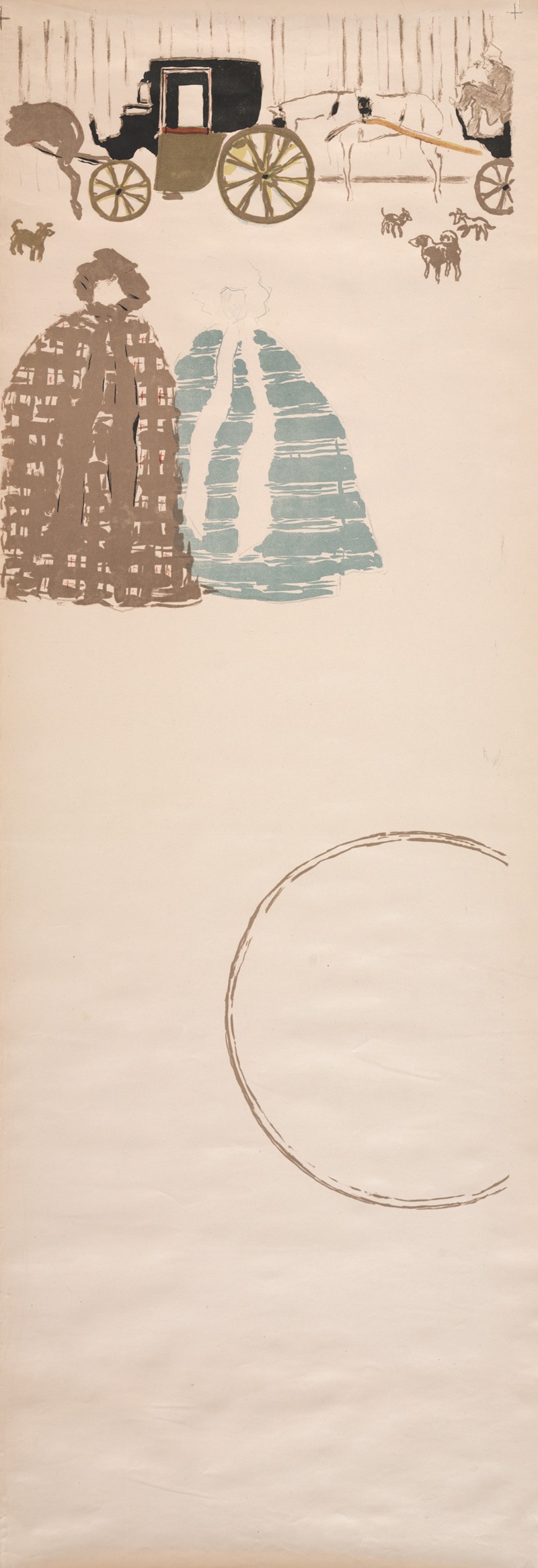
Nursemaids’ Promenade, Frieze of Carriages 1
A hand-painted replica of Pierre Bonnard’s masterpiece Nursemaids’ Promenade, Frieze of Carriages 1, meticulously crafted by professional artists to capture the true essence of the original. Each piece is created with museum-quality canvas and rare mineral pigments, carefully painted by experienced artists with delicate brushstrokes and rich, layered colors to perfectly recreate the texture of the original artwork. Unlike machine-printed reproductions, this hand-painted version brings the painting to life, infused with the artist’s emotions and skill in every stroke. Whether for personal collection or home decoration, it instantly elevates the artistic atmosphere of any space.
Pierre Bonnard's "Nursemaids’ Promenade, Frieze of Carriages 1" is a notable work by the French painter, who was a prominent figure in the Post-Impressionist movement. Bonnard, born in 1867, was known for his vibrant use of color and his ability to capture the nuances of everyday life. His work often depicted intimate domestic scenes, landscapes, and urban settings, characterized by a unique sense of composition and a keen observation of light and color.
"Nursemaids’ Promenade, Frieze of Carriages 1" is part of Bonnard's exploration of modern life in Paris during the late 19th and early 20th centuries. This painting reflects his interest in capturing the dynamic and bustling atmosphere of the city. The artwork portrays a scene of nursemaids walking with children in carriages, a common sight in the parks and boulevards of Paris at the time. The composition is notable for its frieze-like arrangement, which suggests a continuous flow of movement across the canvas.
Bonnard's technique in this painting exemplifies his departure from the more rigid structures of academic art. Instead, he embraced a more fluid and spontaneous approach, using loose brushwork and a vibrant palette to convey the energy and rhythm of the scene. The figures and carriages are depicted with a sense of immediacy, capturing the fleeting moments of daily life with a sense of intimacy and warmth.
The painting also reflects Bonnard's interest in Japanese art, which was a significant influence on many artists of his time. The flatness of the composition and the emphasis on pattern and line can be seen as a nod to Japanese prints, which were highly popular in Europe during the late 19th century. This influence is evident in the way Bonnard organizes the elements of the painting, creating a harmonious balance between the figures and their surroundings.
Bonnard was a member of the Nabis, a group of avant-garde artists who sought to break away from traditional artistic conventions and explore new ways of seeing and representing the world. His work, including "Nursemaids’ Promenade, Frieze of Carriages 1," reflects the Nabis' interest in symbolism and the decorative aspects of painting. The painting's emphasis on color and form over realistic representation aligns with the Nabis' philosophy of art as a means of expressing inner emotions and ideas rather than merely depicting the external world.
Today, Pierre Bonnard is celebrated as one of the leading figures of modern art, and his work continues to be admired for its innovative approach and its ability to capture the beauty and complexity of everyday life. "Nursemaids’ Promenade, Frieze of Carriages 1" remains an important example of his artistic vision and his contribution to the development of modern painting.





